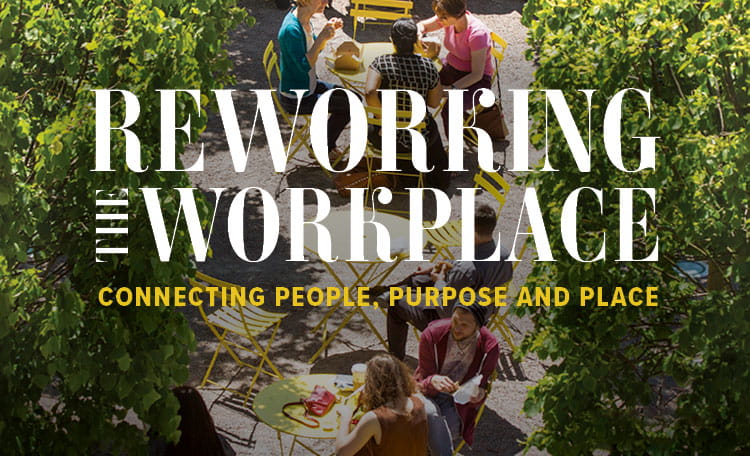AI tools are revolutionising the real estate industry
We have already seen how various aspects of design, from conceptualisation to execution, can be aided by new technologies for tasks ranging from space planning and material selection. Now we are also benefiting from AI in the fields of project management and construction, leading to more efficient workflows, automated admin and ultimately, improved client engagement.



.jpg?rev=6abc5b97f39b461487e20b442811f9fe)
.jpg?rev=5327a8805b6b4251bb421ea75d88bdc8)
.jpg?rev=42955496f2464da2b0914d3a127633c6)
.jpg?rev=acd3c86c458141979a5c4f01c3dc8a72)
.jpg?rev=568b1856a3454b1e9c60635db12aee69)

